Because migraine is such a complex disorder with no known cure, there’s no simple fix or one-size-fits-all approach to treatment. Instead, you need a comprehensive migraine treatment plan. This is a strategy for preventing and relieving attacks that’s developed specifically for you.
How to develop a migraine treatment plan
The first step is a diagnosis. If you’ve never formally been diagnosed with migraine, it’s time to see a headache specialist or neurologist. Then, you can work with your healthcare provider to develop a treatment plan that’s tailor-made for you. Your discussion might include things like:
- Your migraine patterns: How often do you usually get migraine attacks? How long do they last, and when do they peak? Are you more likely to experience a migraine attack at a certain time of day?
- Your migraine symptoms: What are your most common migraine symptoms? Where and how do you feel migraine headache pain? Do you experience aura?
- Your migraine triggers: Do you know what causes your migraine attacks? Some of the most common triggers are stress, hormonal changes, lack of sleep, dehydration, and skipping meals.
- Your unique circumstances and needs: To be successful, a migraine treatment plan must take into account who you are as a person. For example, if you have a paralyzing fear of needles, then injectable migraine medications aren’t for you. If you have other health conditions or special dietary needs, those need to be factored into your plan.
Different approaches to migraine treatment plans
A conventional medicine approach: Depending on your specific symptoms and circumstances, your healthcare provider may advise treating migraine with a mixture of over-the-counter pain relievers, prescription migraine medication, and lifestyle changes.
An alternative medicine approach: Alternative drug-free migraine treatment options can include supplements and herbal remedies; acupuncture; biofeedback; and meditation. While the efficacy of alternative treatments varies by person, many have been clinically proven to work.
An integrative medicine approach: An integrative migraine treatment plan considers the whole person, and can include both conventional and alternative therapies.
What does a migraine treatment plan include?
Typically, a migraine treatment plan will include both migraine relief and migraine prevention. Depending on your approach, it could include prescribed abortive, rescue and/or preventative medications, as well as over-the-counter pain relievers. Your plan may also include non-drug migraine treatments such as CEFALY, an FDA-cleared eTNS device that’s clinically proven to relieve migraine pain and reduce migraine frequency. CEFALY is available without a prescription and can help you reduce your use of rescue medication.
- Alternative treatment options for migraine include:
- Acupuncture
- Biofeedback, which teaches you how to observe your vital signs in real time and consciously change them
- Cognitive behavioral therapy
- Green light therapy: Some people find that exposure to a specific frequency and intensity of green light can help reduce headache days and pain intensity.[i]
- Massage and/or physical therapy, which can relieve muscle tension in the head and neck
- Mindfulness/meditation to relieve stress and help with pain management
- Supplements, such as vitamins, minerals, herbs, amino acids, and enzymes. Read more: The Simple Guide to Migraine Supplements
Your treatment plan may also include lifestyle changes that address key migraine triggers. We often think about triggers individually, but it’s more effective to think about raising your trigger threshold: the point at which a particular trigger is likely to tip the scale into a full migraine attack.
For example, you may be able to tolerate the smell of cleaning products when you’re well-rested, hydrated and feeling good overall. But if you get a whiff of Lysol when you’re already sleep-deprived, thirsty and stressed, that chemical smell could trigger a migraine.
Thus, a migraine treatment plan can help raise your trigger threshold by focusing on sleep, exercise, eating healthy, dehydration and stress management (you can remember this with the acronym SEEDS).
When should you update your migraine treatment plan?
Migraine patterns evolve over time, and so your treatment approach should too. The best thing you can do is keep a migraine journal in which you record your triggers, symptoms and treatments. The free CeCe Migraine Management app makes it easy! Intuitive, migraine-friendly and secure, CeCe helps you record migraine data over time. It syncs with the CEFALY Connected via Bluetooth to log migraine attacks and CEFALY treatments.
With CeCe, you can download PDF reports of your migraine evolution and trends to share with your healthcare provider. Together, you can see what’s working and adjust what’s not. Keep in mind that migraine treatments are always evolving, too. Your healthcare provider may recommend new migraine medications that recently came to market.
Wish you had a clinically proven, drug-free migraine treatment? It’s time to try CEFALY. Find out how it works!














